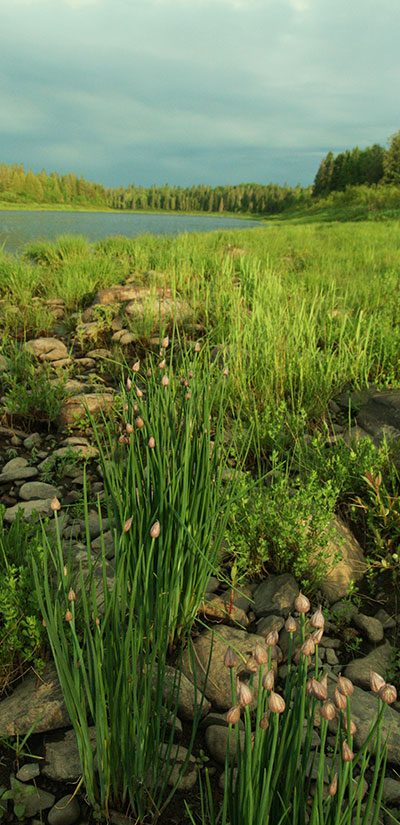
St. John River sunrise, by MissingLynx/NRCM
The Natural Resources Council of Maine (NRCM), since its inception in 1959, has opposed the construction of hydroelectric dams on the upper St. John River because of the environmental harm they would cause to the region. So when word spread about the Dickey-Lincoln Dam proposal, it was not long before NRCM took the helm of the opposition.
The Dickey-Lincoln Dam project was authorized by Congress in 1965, galvanizing what would be decades-long strife over the protection of the St. John River in the northernmost part of Maine. The massive water project would have flooded 88,000 acres of forest and streams in exchange for cheap power, but a collection of fervent opposition, proliferating costs, and waning support from Maine's Congressional delegation ultimately thwarted the dam’s construction. On December 16, 1981, Congress passed a bill that would be signed into law on December 29, 1981, removing funding for this project.
The dam was to be New England’s largest public works project to date, and to much of the opposition, a pork barrel stunt. It was first envisioned to be 30 stories high with an 830-megawatt generating station in the small town of Dickey, a stone’s throw from the confluence of the Allagash and St. John Rivers. The original estimated cost was $219 million. But, as a result of the subsequent inflationary period, it escalated substantially, reaching more than $900 million by the early 1980s. By then, the project had been scaled back significantly for a number of reasons, and by 1984, was abandoned by then-Senator George Mitchell who stated he could no longer “in good conscience” support it. Others, including Governor James Longley and Republican Senator William Cohen, had withdrawn their support several years earlier.
The rejection of the Lincoln-Dickey Dam project was a major environmental success for Maine. Not only would it have been only marginally effective in generating power for New England, but it would have ravaged the St. John River, turning the popular fishing and canoeing spot into a flooded frenzy.
Proponents argued that hydroelectric power, with its low operating cost, was the most economical means of meeting the high demand for power in the region, and noted that the Dickey-Lincoln Dam would offer its own recreational opportunities through the creation of human-made lakes that, they argued, would not be inferior to those offered by the St. John River in its natural state.
In all likelihood, the dam would have not satisfied either of those things, and it was this realization that drew the project’s authorization process out for 20 years. It became clear that the money the project would bring to the area would be outweighed by the toll it would take on the St. John and surrounding region. The flooding, among other impacts assessed by the United States Army Corps of Engineers, would have harmed many aquatic species and compromised thousands of acres of timberland.
NRCM coordinated an organized effort against the construction of the dam, and in doing so, revealed polling data demonstrating that a large majority of Maine people viewed the dam as undesirable. By collecting 50,000 signatures on a petition, as well as delivering a series of testimonies to the Public Works Committee, NRCM’s advocacy against the construction proved instrumental. Today, the St. John River is a stunning destination, teeming with wildlife and opportunity for recreation. Thanks in part to NRCM’s unflagging opposition to the Dickey-Lincoln project, the river will remain that way for generations to come.
In the May 1974 issue of NRCM's Maine Environment newsletter, NRCM reprinted an article Paul Swatek, of the Massachusetts Audubon Society and also on the Board of the national Sierra Club, [wrote] in response to a series of articles in the Boston Globe:
"Instead of spending half a billion dollars or more to make a very short-sighted investment in a very expensive power facility, the money would be far better spent insulating homes and building prototype solar-heated buildings. In fact, this alternative would conserve a lot more oil, reduce consumers’ electric bills, and at the same time, preserve the St. John.”
Banner photo: Big Rapids on St. John River, which would have been flooded by the Dickey-Lincoln Dam. Photo by MissingLynx/NRCM









